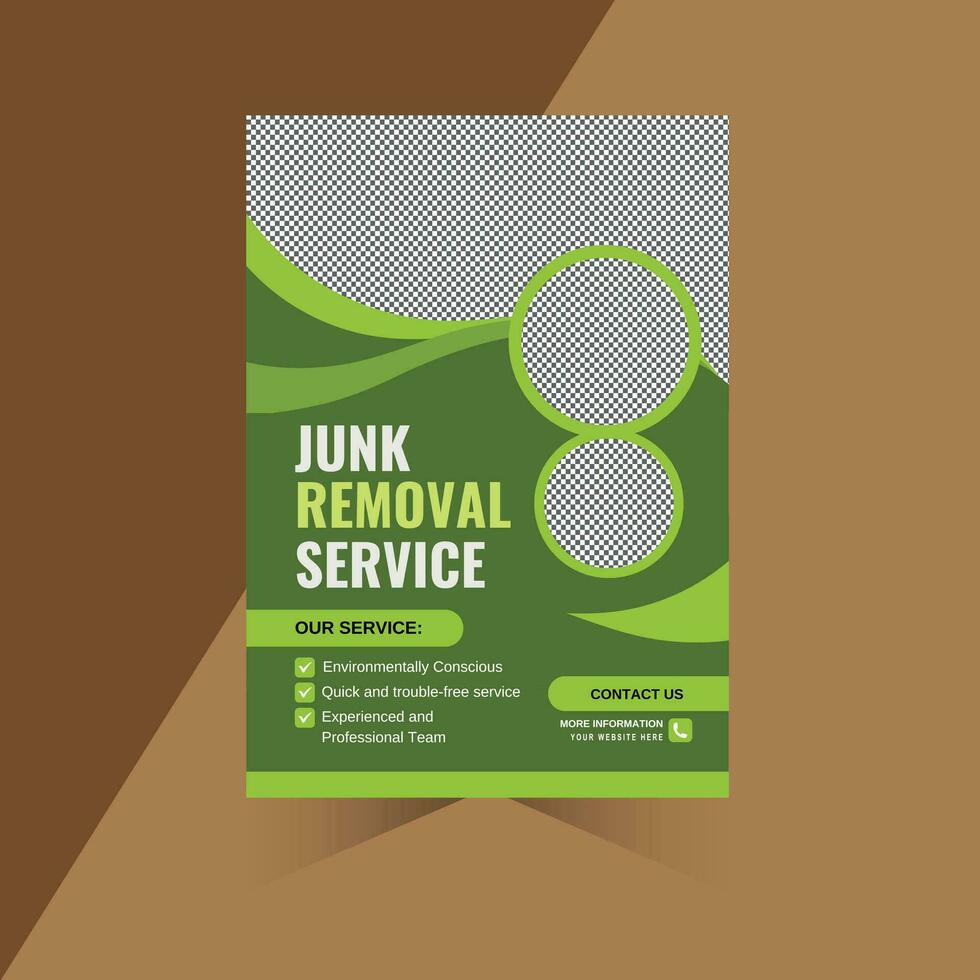
Waste removal services play a crucial role in maintaining cleanliness and organization in both residential and commercial environments. Whether you are decluttering your home, renovating a space, or managing a business, effective waste disposal is essential to ensure a safe and tidy atmosphere. This article will delve into the various types of waste removal services available, how to select the right one for your needs, and what to consider when comparing local providers.
Understanding Waste Removal Services: Types and Benefits
Waste removal services encompass a range of offerings tailored to meet the needs of different clients. These services can be broadly categorized into several types:
- Regular Pickups: Many residential and commercial properties benefit from scheduled waste collection, ensuring that trash is removed on a consistent basis. This service often includes the collection of general waste as well as recyclables.
- One-Time Cleanouts: Ideal for clients who need to clear out a significant amount of waste in a short period, one-time cleanouts are often used during spring cleaning, estate clearances, or after significant renovations.
- Specialized Disposal: Certain types of waste, such as hazardous materials, require specialized handling and disposal methods. Services that focus on this type of waste ensure compliance with safety regulations and environmental guidelines.
The benefits of utilizing waste removal services extend beyond simple convenience. They contribute to environmental sustainability by promoting recycling and proper disposal methods, and they help prevent health hazards associated with improperly managed waste.
How to Choose the Right Waste Removal Service for Your Needs
Selecting the appropriate waste removal service involves careful consideration of several factors:
- Pricing: Compare pricing structures among different providers. Some may offer flat rates, while others may charge based on the volume of waste. Understanding your budget and the pricing model will help you make an informed decision.
- Customer Reviews: Researching customer feedback can provide insights into the reliability and quality of service offered by a provider. Look for testimonials that highlight punctuality, customer service, and overall satisfaction.
- Service Flexibility: Consider whether the service can accommodate your specific needs. For instance, if you have irregular waste disposal schedules or require specific types of waste handling, ensure the provider can adapt to these requirements.
By assessing these elements, you can find a waste removal service that aligns with your individual or business needs.
Comparing Local Waste Removal Providers: What to Look For
Once you have identified potential waste removal services, it is important to compare them effectively. Here are some key aspects to evaluate:
- Licensing and Insurance: Always verify that the waste removal company is licensed and insured. This protects you in case of any accidents or damages that may occur during the waste disposal process.
- Range of Services: Different providers may offer varying levels of service. Some might specialize in residential waste, while others might focus on commercial or construction debris. Ensure the company you choose can meet your specific requirements.
- Environmental Practices: Inquire about the company’s commitment to sustainable practices. A responsible waste removal service should prioritize recycling and eco-friendly disposal methods.
By taking the time to compare local providers based on these criteria, you will be better equipped to choose a service that is not only reliable but also responsible.
In conclusion, waste removal services are an essential resource for maintaining clean and safe environments. Whether you are managing waste at home or in a business setting, understanding the types of services available and knowing how to select the right provider can make a significant difference. For those seeking assistance with waste disposal, exploring local options can lead to finding the best service suited to your needs. Consider checking out options like Ikonik Dumpster Rental for reliable waste removal services in your area.








